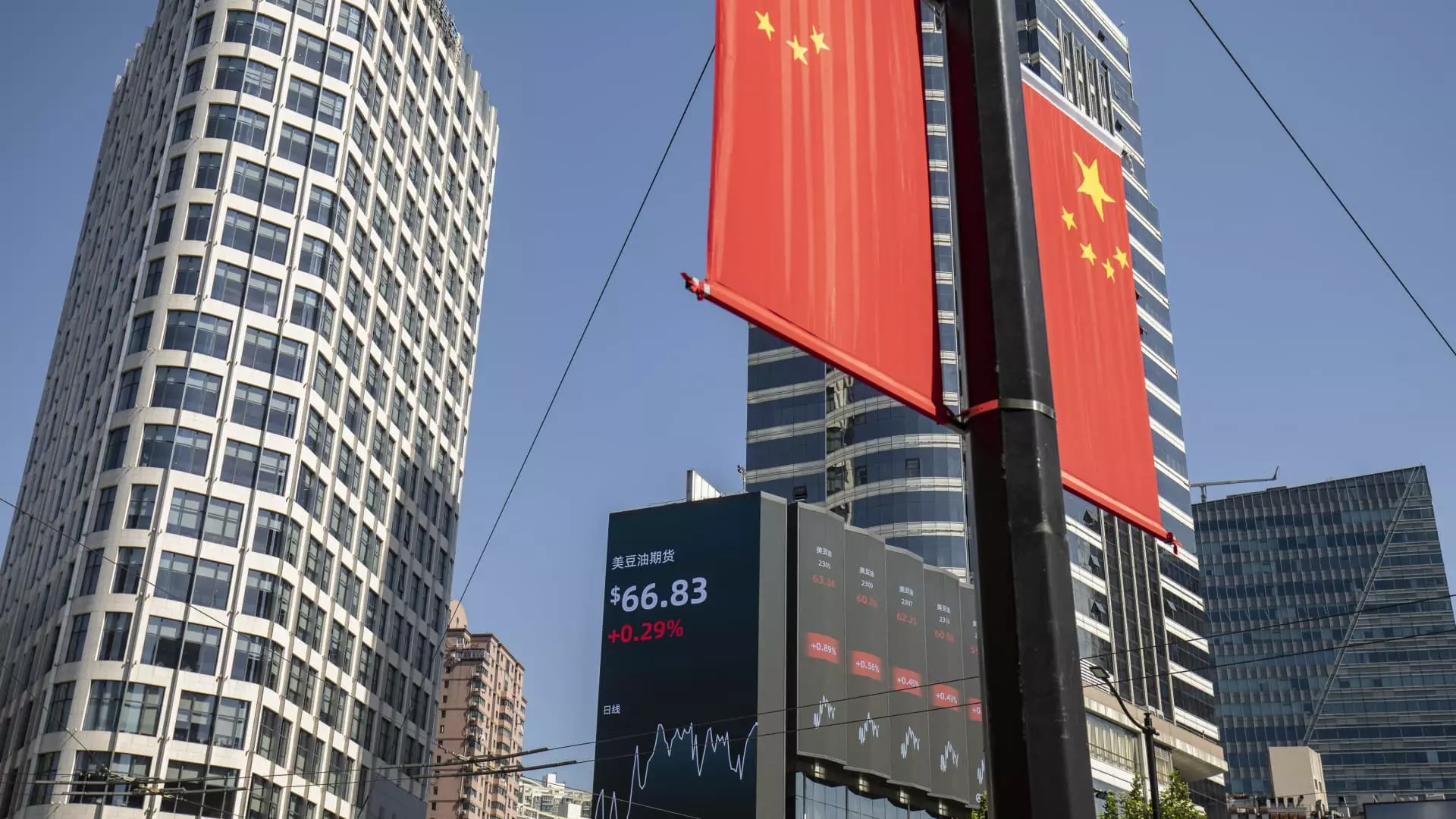China’s investment landscape is experiencing a dynamic evolution, driven by innovative strategies employed by exchange-traded funds (ETFs) that seek to capitalize on the region’s growth potential. Two distinct funds are taking vastly different approaches—each symbolizing the diverse opportunities available within China’s market.
The contrasting methodologies of the Rayliant Quantamental China Equity ETF and the Roundhill China Dragons ETF illustrate a broader debate among investors about how best to tap into China’s vast economic resources. The Rayliant ETF, operational since 2020, adopts a hyper-local approach, focusing on lesser-known, region-specific stocks that may not typically attract the attention of foreign investors. In a market characterized by volatility, these local names present a compelling investment narrative that aims to uncover hidden gems within China’s expansive economy.
In stark contrast, the Roundhill China Dragons ETF, which launched on October 3, zeroes in on nine of the largest and most recognized companies in the country. By clustering its investments around these major players, the Roundhill fund operates under the premise that familiarity breeds confidence among investors. However, the performance of this ETF has raised questions. Since its inception, it has seen a decline of nearly 5%, prompting discussions about the sustainability of its strategy as it directly competes with established market entities.
Jason Hsu, chairman and chief investment officer of Rayliant Global Advisors, emphasizes that investing in lesser-known local firms can yield substantial returns. “Instead of gravitating toward the big names, we want investors to consider companies outside the conventional tech narrative,” Hsu asserts. This shift in focus is especially relevant as the Chinese market diversifies, showcasing high-growth opportunities spanning various sectors, including consumer goods and services. Hsu highlights how water vendors and restaurateurs often outperform traditional technology stocks in growth metrics.
This perspective challenges the traditional notion that tech giants are the sole drivers of economic growth, thus providing a broader framework for understanding investment dynamics in China. As outside investors might lack adequate research and insights into these local staples, the Rayliant ETF positions itself as a gateway to underappreciated opportunities, possibly outpacing more familiar names in their return profiles.
As of recent evaluations, Rayliant’s strategy appears to be paying dividends, with the ETF seeing an impressive increase of over 24% this year. This robust performance indicates that tapping into a nuanced market understanding can yield significant returns. Conversely, the Roundhill China Dragons ETF’s struggles raise critical points for investors: Does relying solely on well-known stocks limit profit potential in a rapidly evolving market?
The divergence in success rates of these two ETFs showcases the need for a comprehensive approach when investing in foreign markets. As China’s growth continues on its unique trajectory, understanding the local context can unlock access to untapped resources. While major corporations undoubtedly hold a significant sway, it’s essential for investors to remain vigilant about the broader landscape and consider the diversity of opportunities that may lie beyond the surface.
The contrasting destinies of the Rayliant and Roundhill ETFs not only reveal the complexities of investing in China’s dynamic economy but also emphasize the necessity for innovative strategies that align with local growth narratives. As the marketplace evolves, so too must the approaches of investors seeking to thrive in this burgeoning landscape.

